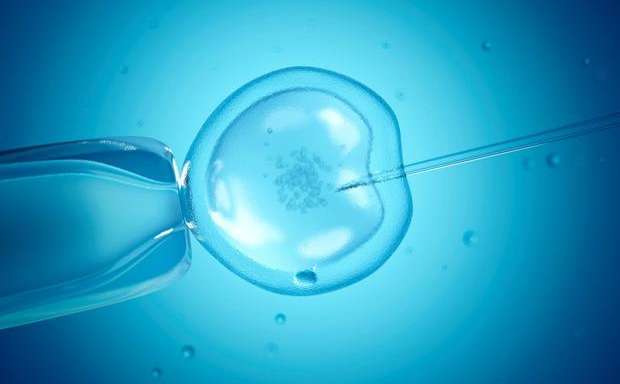A person’s DNA can tell you a lot, from genetic conditions and gender to body disposition and unique identity. Invariably, countless studies have been done on the structure and critical importance of this vital chemical composition to determine how it can be helpful to science. However, you should note that DNA sequencing is different from genome sequencing. The latter investigates all twenty thousand genes in the human body. The former examines a cluster of approximately a hundred to five hundred genes that have experienced some mutation.
Read more to know why these procedures are done and how they prove to be indispensable to the scientific community.
Unravels health issues
The most significant advantage of sequencing is in the medical field, for scientists studying DNA in people suffering from rare or untreatable conditions. This research could be precious as it can help specialists identify unknown genetic ailments, recognise potential health risks, and recommend appropriate tests for greater clarity.
In other words, studying one’s unique DNA can help doctors understand their body functionality, immune system, vital stats, and other critical areas more clearly. They can warn individuals at risk of specific illnesses (such as heart ailments or diabetes), ensuring they adopt a healthier lifestyle as quickly as possible.
It can help people find connections
People worldwide have shared mutations and variants, making them connected to one another somehow. If anyone wishes to find people they are related to, such as an adopted child hoping to learn more about their birth parents, they can do so by genome sequencing.
Also, several websites provide communities and self-help groups that help people share trauma because they suffer from the same genetically-induced illness. For example, people can connect and talk about Down Syndrome, BRCA mutations, Turner Syndrome, Fragile X condition, and Huntington’s Disease, to name a few.
Critical to forensic science
Since each individual has unique DNA, it is easy to identify and distinguish one from another solely based on this aspect. Forensic science has taken advantage of this feature, identifying suspects at large and prosecuting them for various crimes. They need hair, some skin residue, nails, or a blood sample to match it with the criminals in their database.
Moreover, it can help determine the paternity of a child in custody disputes and other complex cases, ensuring the minor is put in safe hands.
Done by expert laboratories
Diagnostics and research clinics dedicated to finding expert solutions to reproductive issues and other precision medicine often undertake DNA sequencing. They use various techniques such as the popular NGS (Next Generation Sequencing), PCR, Microarrays, Sanger technique, etc. These methods are excellent for tracking structural variations (altered chromosomes) such as inversions, deletions, translocations, and duplication.
They can also examine any number of Indels, SNVs (Single Nucleotide Polymorphisms), and CNV (Copy Number Variation). In addition, they provide Non-invasive Prenatal testing to help expectant mothers identify potential congenital disabilities in their unborn child.
Furthermore, medical professionals can partner with these laboratories to study this remarkable aspect in-depth, pushing scientific progress to the next level.






